
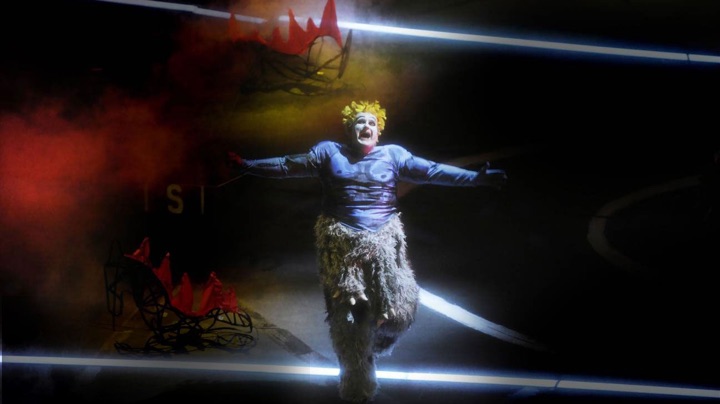
I still remember, and some of it quite vividly, what it was like to experience this intense and groundbreaking production all these years later.
As I live in Los Angeles, it will come as no surprise to you that I got my first taste of Richard Wagner’s magnum opus profundis via television. Our PBS station here was infamously indifferent to opera (and still is to this day). I’m not sure when they finally got around to broadcasting the centenary production from Bayreuth (which at that point I was pronouncing “Bayer-renth” because what did I know?) but when they did they broke all the operas in half and telecast them on successive weekend afternoons. So it took a month to take it all in which was probably a good thing for a budding opera aficionado and neo-Wagnerite..
What I did know was that when I saw that hydroelectric dam in the opening scene this was not what the Ring was supposed to look like. I stuck with it because the images and designs were so wildly theatrical and the sets were huge. (The dragon was disappointing however.)
When the Met rolled out their holiday Christmas pageant Gunther Schneider-Siemssen production we finally got that via PBS (on four consecutive evenings, thank you) in 1990 I was much happier. This was the Ring in all its Arthur Rackham – Nordic glory (and the dragon was huge, although half tarantula.) Yet now that production seems almost unbearable quaint, like a Fantasyland dark-ride that’s lost its enchantment perhaps not a little bit because you’re older and can see the strings.
LA Opera’s record with Wagner has spotty at best. Our second season we got a spectacular David Hockney designed Tristan und Isolde with Jeanine Altmeyer, Florence Quivar, William Johns and Martti Talvela, conducted by Zubin Mehta with the LA Philharmonic sawing away in the pit. It was my first live Wagner and it was electrifying. That production was hard to live up to as well—and they didn’t for a very long time.
Meanwhile we knew Placido Domingo had been shopping around for a Ring since he became General Director in 2003. There were even stories that he had approached George Lucas and his minions at Industrial Light & Magic but their $60 million price tag was beyond the company’s resources. In 2006 when James Conlon came on board as Music Director it was announced that we would indeed be getting a Ring in the near future.
All this time Achim Freyer had been percolating in the background. In 2002 his staging of Bach’s Mass in B-minor at the Music Center caused the kind of sensation that LA Opera hadn’t enjoyed in quite some time. Even traditionalist friends of mine raved. The next year came a stunning Berlioz’ Damnation de Faust with Samuel Ramey, Denyce Graves and Paul Groves that nailed it in. This production was actually filmed in high definition but has yet to be released. I’d like to make a plea here for someone to open the vault since it wouldn’t take much with today’s technology for us to enjoy it again.
Freyer is a disciple and student of Bertolt Brecht and his work includes many of the master’s avant-garde techniques. The distancing of the characters and story from the audience. Harsh lighting and naive design elements combined with ritualistic movement.
Das Rheingold, Die Walkure, and Siegfried were mounted over two seasons from February to October of 2009 with Gotterdamerung added in April 2010. Then we had a city wide Ring Festival which involved dozens of arts organizations, lectures, film symposiums, museum and gallery shows, theatre (the hilarious musical Das Barbecü!), and recitals and concerts. I was singing with the Verdi Chorus at the time and our spring concert was a half Wagner half Verdi affair so even I got to sing Wagner that year (!) All of this culminated in three complete cycles of the Ring generously spaced out over an eight day period. (That was a miscalculation.)
No surprise to most that the Ring inspires a kind of zealotry among Wagner devotees that far outstrips that of say your average Puccini/Verdi opera fan. Part of this is often the ability, and need, to travel. Usually they don’t perform the Ring down the street from you and each cycle is usually mounted in a week’s time or less to promote musical tourism. Adding that eighth day to the LA Opera cycle’s, while wonderful for the hard working musicians and singing athletes, put the event out of financial reach for many out-of-towners. The gentleman I sat next to from London had to leave after the Siegfried performance (I’d have skipped the Rheingold frankly). So ticket sales weren’t what they’d hoped for.
The Verdi Chorus was invited to the dress rehearsal of Gotterdammerung. I took the day off from work and was on the bus downtown in a flash. With all of the satiric and naive imagery in this production piling up over the course of the cycle coming in for just the last opera was challenging. At the first intermission we were all standing in the lobby staring at each other and I looked around and said, “I for one am sorry I forgot to drop acid before I came”. It was that kind of show.
The complete staging was incredible in both detail and execution and I don’t think there’s ever been a Ring like this. It was its own unique world. Mr. Freyer was Stage Director and designed the sets, co-designed the costumes with his daughter Amanda and shared lighting credits with Brian Gale.
Yuval Sharon acted as Assistant Director and he developed a deep love for Los Angeles culture while working on these productions.. He’s since staged significant performances on his own with two immersive opera productions of Christopher Cerrone’s Invisible CIties and Annie Gosfield’s War of the Worlds.and is now Interim Artistic Advisor for Long Beach Opera which is our best experimental company.
The basic set for the Ring was a turntable that had been pushed as far forward onto the stage apron as possible. The side teasers and top tormentors were pulled completely back and a scrim cowl was covering most of the orchestra bit. What was now the proscenium was rimmed in LED tubing that was computer controlled for color and intensity surrounding a full scrim.
All of the major characters had an identifying talisman and image, Wotan’s lost eye for example, his raven, or a golden top hat for Alberich, had a three dimensional representation on stage. These symbols collected themselves on the stage throughout so by the beginning of Gotterdammerung they were lined up at the front of the proscenium reminding us of what had come before. Meanwhile naive drawings were lightly projected on the scrim during the appropriate musical and dramatic moments. Sometimes briefly they went in and out of focus, gaining or decreasing in size.
The turntable was also utilized whenever one of the characters started telling the story of the gold. This part was real magic. It would start to turn and a motionless circus parade of grotesque representations of the characters involved would actually appear in sequential order that was both elucidating and downright creepy.
The first image of the Rheingold was a massive expanse of orange fabric that covered half the height of the stage from the mid point to the apron with the Rheinmaidens, the glorious Stacey Tappen, Lauren McNeese and Ronnita Nicole Miller, with their upper torsos and arms sticking up out of the top and their mirror images of head and arms hanging down below.
Richard Paul Fink as Alberich was fully masked with a huge puppet head and his costume was pinstripe pants with a suit coat. His pants had been built to look like he was wearing enormous golden platform shoes so he did actually resemble a dwarf. Later the front of the stage mawed open to reveal the enslaved Niebelungens forging away and Alberich’s transformations were theatre magic at their best and delightful in their simplicity. Both Loge, Arnold Bezuywn, and MIchelle DeYoung as Fricka sported extra arms (Fricka’s hands lit up) and almost everyone was in broad clown makeup. Loge was a tuxedoed devil in red with horned shoulders.
Wotan himself wore a large spherical cage covering his head decorated with his one eye. Like all of the singers bass Vitalij Kowaljow had to rely on his vocal performance coupled with the larger gestures of a mime to communicate since facial expressions were never visible from anyone.
Act One of Die Walkure found a black leotard Kuroko figure walking the hand of a clock around the stage. He walked slowly around the perimeter of the disc until any of the characters started telling backstory at which point he would change direction and go counterclockwise. In the center, like a sundials gnomon, was an LED spear for Wotan’s sword. Siegmund and Sieglinde were clad in matching mirror image costumes in black and blue.
I think this may have been Plácido Domingo’s last outing as a tenor and I marvelled at his performance at 69 years old. You could tell it was work but he was up to the task and Siegmund sits low. Michelle De Young sang Sieglinde with her rich, bright, mezzo easily encompassing the demands of Wagner’s heroine. With her Rheingold Fricka, Sieglinde, and then as the Second Norn and Waltraute in Gotterdammerung she was easily the busiest and most versatile of all the players.
The Act III dialogue between Linda Watson’s steely Brunnhilde and Wotan ended with her turning upstage to face him and then he tuned forward and then walked right passed her toward the edge of the stage and stood there. As if he could forgive her intellectually but not physically and emotionally. I felt devastated when it happened. As an audience member it was so unexpected. I hadn’t noticed yet but none of the characters ever touched each in the entire cycle which was a director’s conceit that was strictly adhered to.
Oh, and the Walküren were on bicycles and the turntable served as a merry-go-round. I’d seen pictures of this long before I saw the performance and wasn’t impressed. Not only did it work in the theatre but it was surprisingly exciting.
Siegfried is always the hardest opera to pull off. John Treleaven was done up like a muppet superhero with blonde ringlets, wooly bear skin trousers, and a muscle man’s padded upper body and midriff. A lot of his role was played for laughs which actually worked in this context. Graham Clark’s masterful Mime wore the same built up shoes as Alberich.
Kowaljow’s Wanderer finally lost the great cage over his head although now it was painted on as his makeup. He also had a second three-dimensional face staring out of his costume representing his gained wisdom. Erda, sung by the magnificent Jill Grove, came up out of the ground with a painted costume resembling a fanciful mix of the female body and the earth which inflated to gigantic proportions. The dragon (once again) disappointed although Eric Halfvarson was vocally imposing.
Watson’s reveal as Brunnhilde showed her half buried center stage with tendrils of the large red fabric “Magic Fire” slowly being pulled out around her by the Kuroko stage assistants. who also left “handprints” all over her costume to prove that she was no longer immortal. She and Treleaven ended the act holding the Ring, a bright sphere of light, together from either side, until the finale of the duet.
But Gotterdammerung was by far my favorite and I was so lucky to see it twice. The Norns were designed after Erda with huge spherical bodies. Jill Grove, Michelle DeYoung and Melissa Citro spun out a fine trio. The Gibichungs were all clad in black robes with silver accents and all had large expressionless puppet heads. At the top of Act II they were covering the entire stage in parade troop formation. Freyer managed to somehow bleed all of the color from the scene, so it appeared as almost sepia, while Alberich wended his way through the crowd to visit the sleeping Hagen.
Brunnhilde lost her enormous afro wig after she was tricked out of the gold and forced into marrying Gunther. There was a Kuroko representation of Siegfried in his death scene that fell forward onto the stage and died before his actual death occurred in the music. Another surprise. The various formations of the Gibichungs comprised the only real backdrop in the opera, and while Watson was riding the Immolation to its glorious end, I frankly started becoming concerned about how disappointing the finale was going to be with no sets to destroy or set fire to.
I needn’t have worried because Freyer not only destroyed the world of the Gibichungs but, in a stunning coup, his entire theater of illusion at the finale. Chorus members went airborne and a huge arc light on a movie camera crane swept the auditorium from far upstage making mirror images of everything in its path on the front scrim. At the end we were left with essentially a bare stage. Which is as it should be. It was even more momentous to experience the second time in context. I kept thinking to myself, “I have to remember this.”
I completely dismiss as rumor the story that the founder of the Wagner Society of Los Angeles had a heart attack and died after seeing this production.
The Ring ended up costing LA Opera $32 million dollars with the expanded orchestra required and all of the elaborate costumes, scenery, and the myriad lighting effects and extra rehearsals. By the time the operas premiered we were in an economic downturn and the company ended up getting an emergency loan of $14. million guaranteed by the LA County Board of Supervisors. It was paid back in full before it was due.
At one point Freyer said that this was his retirement from opera. (After all, he was 76 when the work was done. Yet just three years later he was at the helm of a new Ring cycle in Mannheim. This staging was even more Brechtian by comparison with less lighting effects, more obvious stagecraft, and (I have to say) the characters all looking far dirtier. It was televised and had a commercial release but only for Europe in PAL encoded discs. You can find it out there if you know the right sites.
Meanwhile this startling innovative production received the kind of damning reviews from most critics that sounded like they honestly had no intention of taking it seriously from the start. Domingo made published pleas to donors to have it filmed for posterity (which would have cost another $6 million). Then there was an interview in the LA Times with Watson and Treleaven talking about how horribly unhappy they were in the production just playing archetypes, with the heavy costumes and wigs, and the steeply raked stage. Frankly, it smelled more of the publicity department trying to drum up a scandal and interest than anything else.
Divorced of it’s visual element I am curious to hear the performance afresh as I remember Conlon’s measured conducting always serving the work and never drawing undue attention to itself. Except of course for the big climaxes where he really put his foot on the gas. The orchestra did itself more than proud.
Now this Ring sits in shipping containers awaiting the revival that LA Opera, nor any other company for that matter, has yet to venture. (If this production had played New York people would still be talking.)
There is a world full of people who are so swayed by the live experience that they swear everything they see is the best. I am not one of those. All theatre is based on archetype or there’s no identification. It’s too easy to write a quick bon mot dismissing any production of Wagner in clown makeup. But this Ring created and inhabited its own universe so successfully I found it consistently revelatory. Plus it was grand pantomime in a style you have to be pretty brave to even participate in. Wagner’s music is already so hypnotic and here for once were the disquieting images that highlighted a myriad of underlying themes that a naturalistic presentation can’t even begin to touch.
So here I am, an almost total traditionalist baptised at the feet of Franco Zeffirelli, raving about what a deep and thought provoking experience this was while being divorced from all those other theatrical veristic realities. What it taught me was that I didn’t need to see everything presented as the composer intended down to the last detail. It was only necessary for it to conjure a world of its own with its own rules and laws to inhabit the drama and inform the audience. This it did.
Photos: Monika Rittershaus

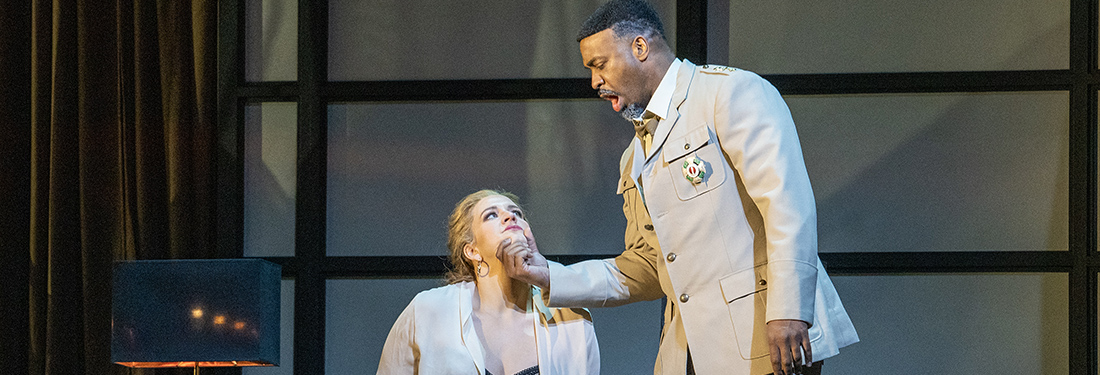
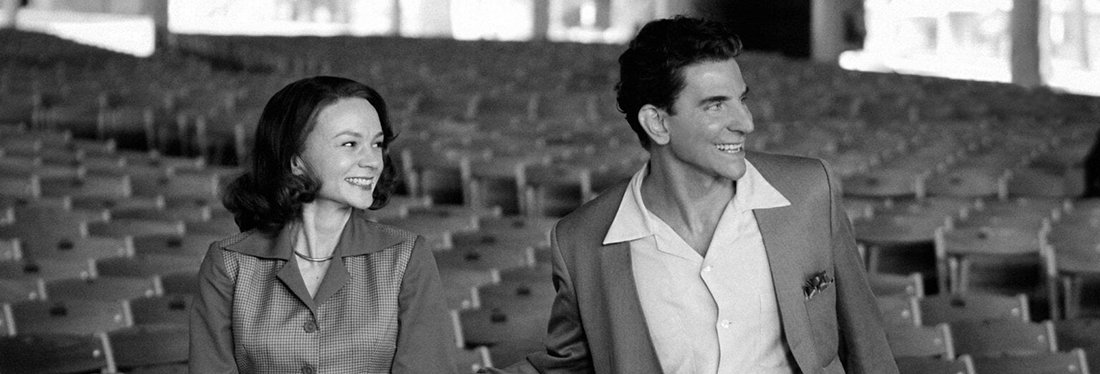

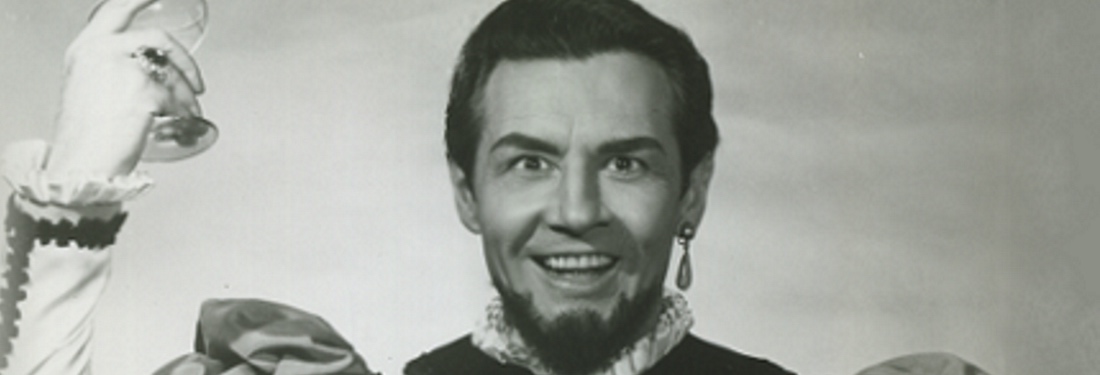
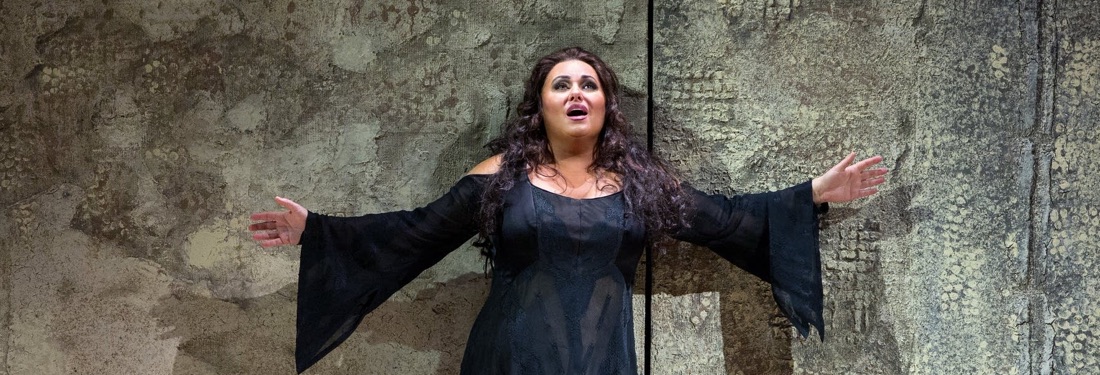

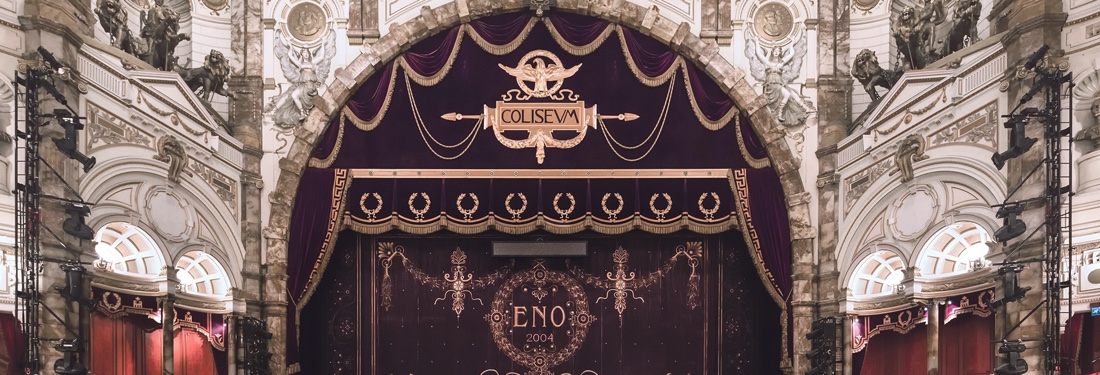
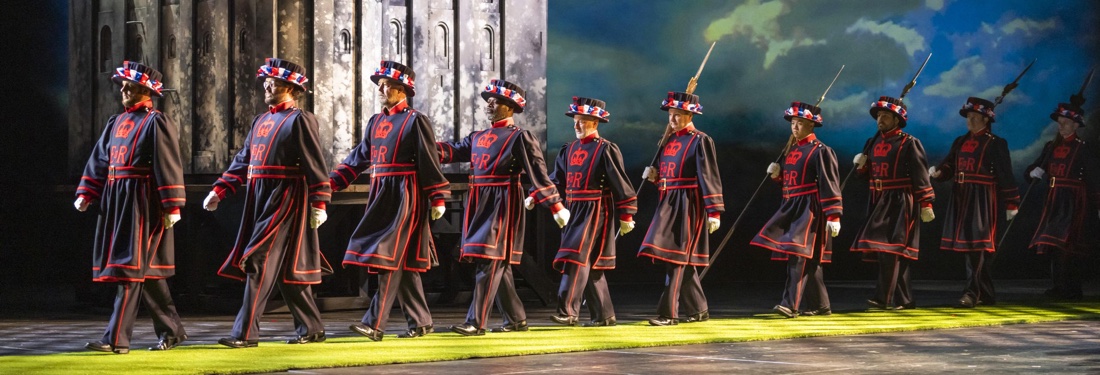

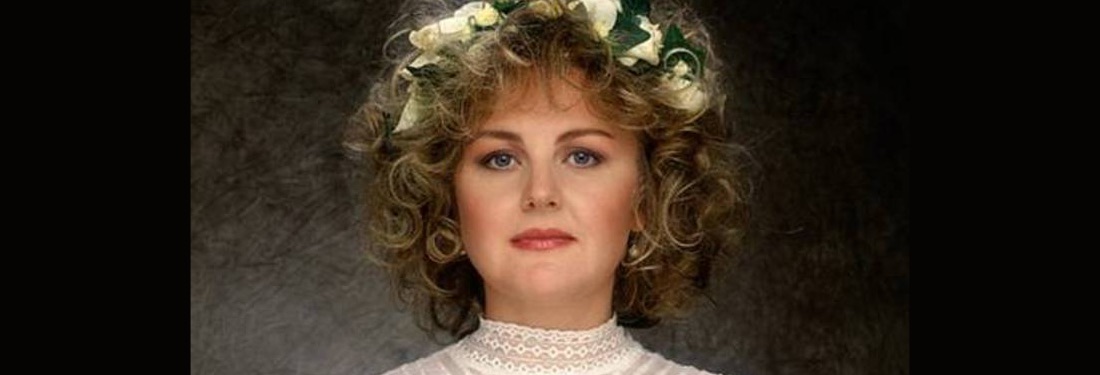
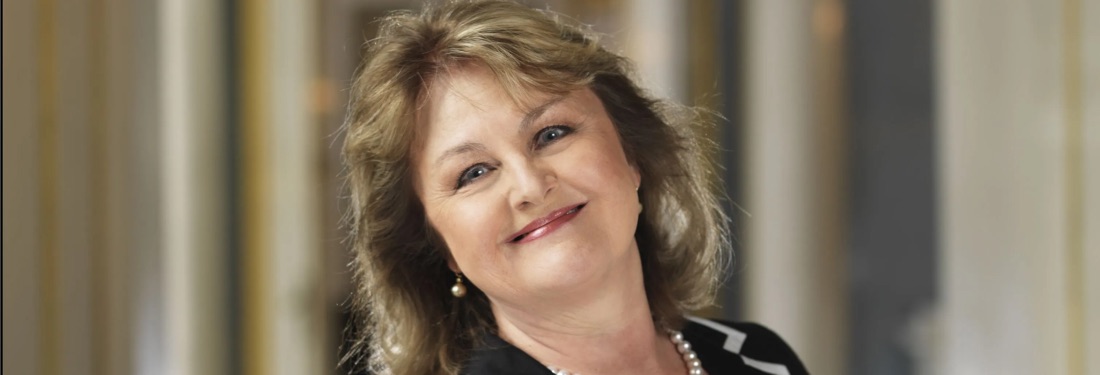
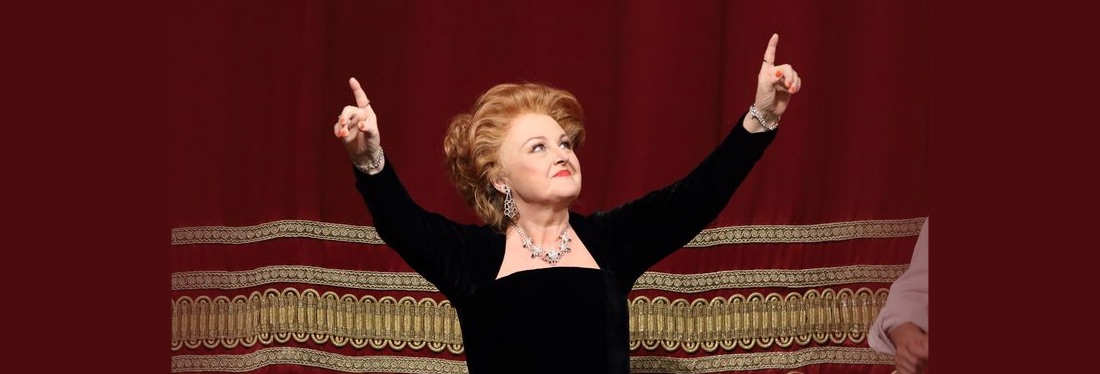








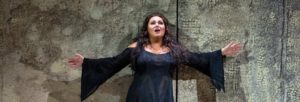



Comments